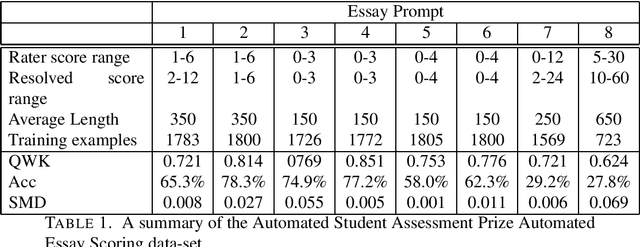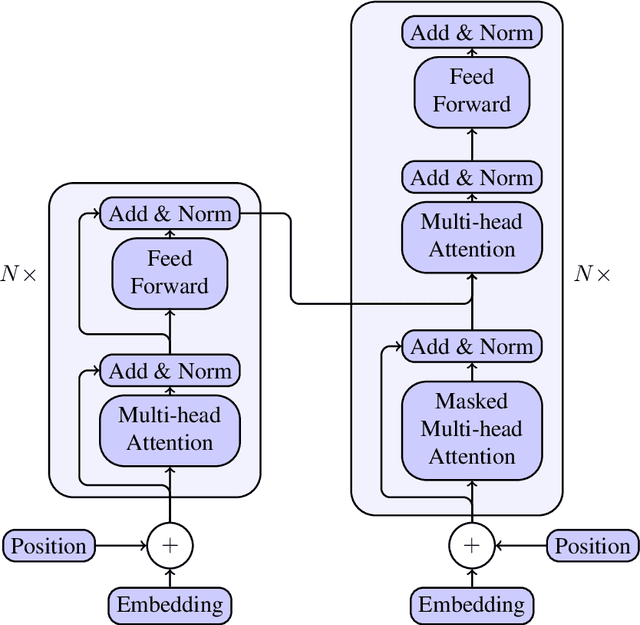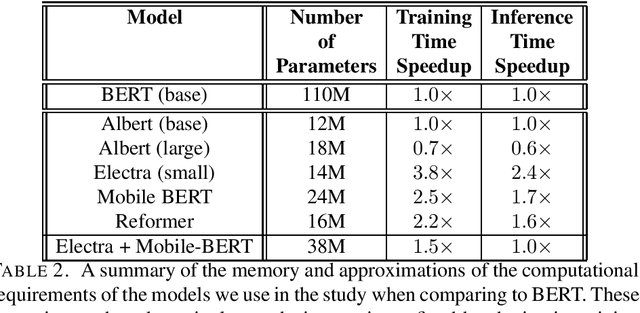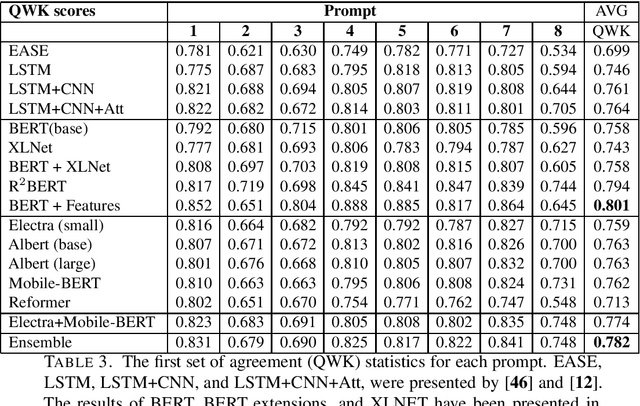Akanksha Malhotra
MCPDial: A Minecraft Persona-driven Dialogue Dataset
Oct 29, 2024Abstract:We propose a novel approach that uses large language models (LLMs) to generate persona-driven conversations between Players and Non-Player Characters (NPC) in games. Showcasing the application of our methodology, we introduce the Minecraft Persona-driven Dialogue dataset (MCPDial). Starting with a small seed of expert-written conversations, we employ our method to generate hundreds of additional conversations. Each conversation in the dataset includes rich character descriptions of the player and NPC. The conversations are long, allowing for in-depth and extensive interactions between the player and NPC. MCPDial extends beyond basic conversations by incorporating canonical function calls (e.g. "Call find a resource on iron ore") between the utterances. Finally, we conduct a qualitative analysis of the dataset to assess its quality and characteristics.
Towards Dialogue Systems with Agency in Human-AI Collaboration Tasks
May 22, 2023Abstract:Agency, the capacity to proactively shape events, is crucial to how humans interact and collaborate with other humans. In this paper, we investigate Agency as a potentially desirable function of dialogue agents, and how it can be measured and controlled. We build upon the social-cognitive theory of Bandura (2001) to develop a framework of features through which Agency is expressed in dialogue -- indicating what you intend to do (Intentionality), motivating your intentions (Motivation), having self-belief in intentions (Self-Efficacy), and being able to self-adjust (Self-Regulation). We collect and release a new dataset of 83 human-human collaborative interior design conversations containing 908 conversational snippets annotated for Agency features. Using this dataset, we explore methods for measuring and controlling Agency in dialogue systems. Automatic and human evaluation show that although a baseline GPT-3 model can express Intentionality, models that explicitly manifest features associated with high Motivation, Self-Efficacy, and Self-Regulation are better perceived as being highly agentive. This work has implications for the development of dialogue systems with varying degrees of Agency in collaborative tasks.
Automated essay scoring using efficient transformer-based language models
Feb 25, 2021



Abstract:Automated Essay Scoring (AES) is a cross-disciplinary effort involving Education, Linguistics, and Natural Language Processing (NLP). The efficacy of an NLP model in AES tests it ability to evaluate long-term dependencies and extrapolate meaning even when text is poorly written. Large pretrained transformer-based language models have dominated the current state-of-the-art in many NLP tasks, however, the computational requirements of these models make them expensive to deploy in practice. The goal of this paper is to challenge the paradigm in NLP that bigger is better when it comes to AES. To do this, we evaluate the performance of several fine-tuned pretrained NLP models with a modest number of parameters on an AES dataset. By ensembling our models, we achieve excellent results with fewer parameters than most pretrained transformer-based models.
ARTH: Algorithm For Reading Text Handily -- An AI Aid for People having Word Processing Issues
Jan 23, 2021



Abstract:The objective of this project is to solve one of the major problems faced by the people having word processing issues like trauma, or mild mental disability. "ARTH" is the short form of Algorithm for Reading Handily. ARTH is a self-learning set of algorithms that is an intelligent way of fulfilling the need for "reading and understanding the text effortlessly" which adjusts according to the needs of every user. The research project propagates in two steps. In the first step, the algorithm tries to identify the difficult words present in the text based on two features -- the number of syllables and usage frequency -- using a clustering algorithm. After the analysis of the clusters, the algorithm labels these clusters, according to their difficulty level. In the second step, the algorithm interacts with the user. It aims to test the user's comprehensibility of the text and his/her vocabulary level by taking an automatically generated quiz. The algorithm identifies the clusters which are difficult for the user, based on the result of the analysis. The meaning of perceived difficult words is displayed next to them. The technology "ARTH" focuses on the revival of the joy of reading among those people, who have a poor vocabulary or any word processing issues.
 Add to Chrome
Add to Chrome Add to Firefox
Add to Firefox Add to Edge
Add to Edge